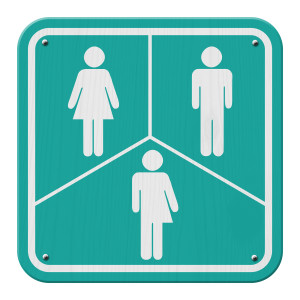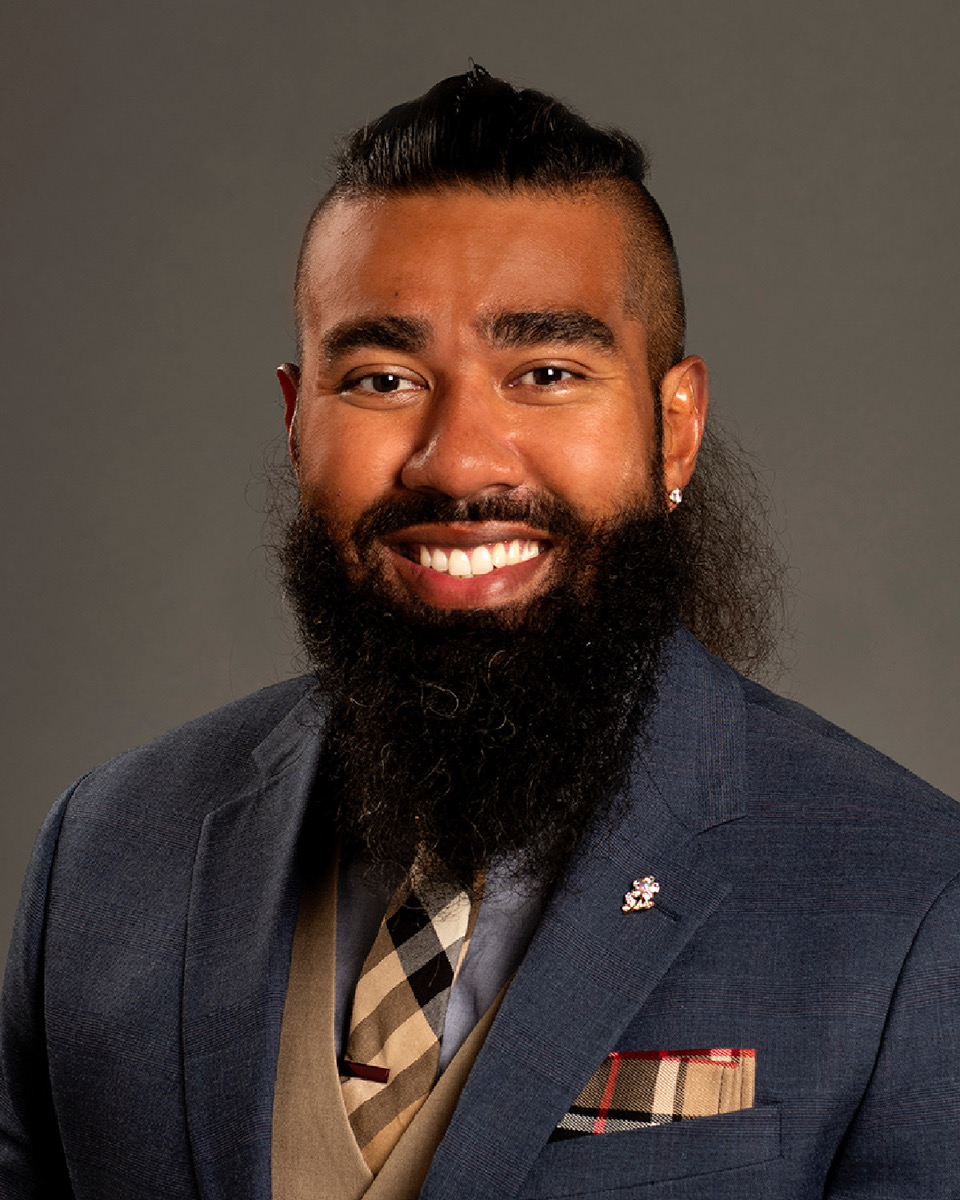It has been almost a year since right-wing political commentator Matt Walsh’s book and documentary “What Is a Woman?” was published. At the time, it seemed like a trendy “gotcha” question to ask, a trend that seemed likely to fade once the question had been answered.
However, a year later, it seems the question has not been answered, and the “gotcha” moments continue to go viral across social media platforms.
Political and ideological differences aside, it may be time to consider the validity of Walsh’s question. The simplicity of the question belies the complexity of the answer. One year has almost passed, and an answer that is satisfactory by consensus has not been reached. Thus, the complexity of answering this simple question may require us to take a different route.
There are two camps in this argument: one that differentiates gender and sex, and one that does not. With that in mind, rather than asking “what is a woman,” what if we ask “what is NOT a woman.” More specifically, is there a point where both camps could find common ground in human development?
The answer is potentially yes: the first six weeks of embryonic development are attributed to the X chromosome alone, after which females develop based exclusively on the influence of the X chromosome (XX), while males activate the Y chromosome and inhibit the X chromosome in their development (XY).
Biologically, all humans start as females (women, for those who conflate gender and sex). If we aim to answer the question of what is a woman, we find ourselves disagreeing on the fundamentals of our points of view. However, if we aim to answer the question of what is NOT a woman, we find that there is a point in embryonic development when the answer is “nobody,” thus potentially making the answer to the question of what is a woman “everybody.”
If common ground is found on this basis, it would be minor and likely temporary. After all, we are speaking of a fraction of a fraction of embryonic development. Nevertheless, no matter the insignificance of this common ground, it may still be worth acknowledging that it exists. In a hyperpolarized sociopolitical environment where all sides are more infatuated with viral social media “gotcha” moments rather than actually arriving at a consensus, simply knowing that a consensus can be found, making continued conflict a choice, can be comforting to some.
However, even this scientific common ground has the potential to be weaponized for divisiveness. What’s stopping cisgender (a gender identity that matches the sex assigned at birth) males from entering female-only or women-only spaces if all humans can argue that we are female or women? If we are all women, how can we argue that women are scarce in STEM? If we are all women, how can we argue that there is a gender pay gap? If we are all women, how can we argue that there is any such thing as gender- or sex-based discrimination?
Some would suggest that therein lies a solution. Perhaps, to address gender- and sex-based disproportionalities, an easy fix is to see everyone as the same sex and gender. Masculinity continues to be vilified, so if all humans are considered women, eliminating any differentiation between masculinity and femininity may solve toxic masculinity.
I can’t imagine that Matt Walsh could have predicted the social effect of viral “gotcha” moments across social media platforms over the past year as people try to answer the question “what is a woman.” If we are genuinely invested in finding an answer, perhaps it’s time we rephrase the question to “what is NOT a woman,” and reference the first six weeks of embryonic development to claim that we are all women.


